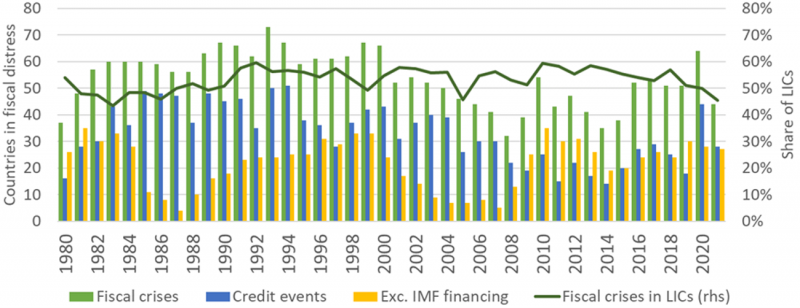References
Apley, D. W., and Zhu, J. (2020). Visualizing the effects of predictor variables in black box supervised learning models. Journal of the Royal Statistical Society: Series B (Statistical Methodology), 82(4), 1059-1086.
De Marchi, R., and Moro, A. (2023). Forecasting fiscal crises in emerging markets and low-income countries with machine learning models (No. 1405). Banca d’Italia Working Papers.
Gregorutti, B., Michel, B., and Saint-Pierre, P. (2017). Correlation and variable importance in random forests. Statistics and Computing, 27(3), 659-678.
Hastie T., Tibshirani R., Friedman J. (2009). The Elements of Statistical Learning. Springer Series in Statistics. Springer, New York
IMF (2017). Review of the Debt Sustainability Framework for Low Income Countries: Proposed Reforms. IMF Policy Papers.








